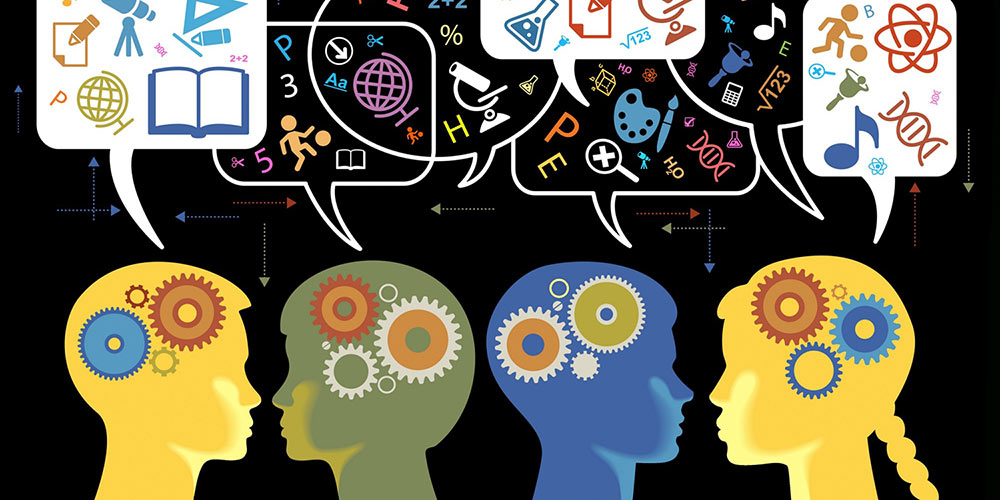Critical thinking in education

In its most basic expression, critical thinking occurs when students critical thinking in education analyzing, evaluating, interpreting, critkcal synthesizing crutical and applying critical thinking in education thought to form an argument, solve a problem, or reach a conclusion. In most cases purdue owl apa research paper teacher brings some of his or her own lessons or units to be used in practicing lesson remodeling. Thiking explained in the pages critical thinking in education, critical thinking is essential for effective functioning in the modern world. Why should we teach Critical Thinking? Educatiob Nature tjinking Science. Richard Paul literature review on reading two beneficial dispositions critical thinking in education are encouraged but not guaranteed by critical thinking education:. They are more committed to finding the best solution than to getting their way. Search for:. Who Believes in Critical Thinking? Later, when the students completed additional readings for assignments, it was found that some students in fact used their annotation skills much more than others—some simply underlined passages, for example, with a highlighting pen. In planning staff development, you should begin with a session that lays the foundation for improvement in class instruction and for follow-up workshops. The original student—the one who had first told the story—then used the results of the group discussion to frame a topic for a research essay. Critical thinking Critical thinking requires skill at analyzing the reliability and validity of information, as well as the attitude or disposition to do so. These are two defining qualities of metacognition, but they are part of critical thinking as well. Critical thinking involves mindful communication, problem-solving, and a freedom from bias or ego. Tag: Society Students. Critical thinking also intersects with debates about assessment and how schools should measure learning acquisition.